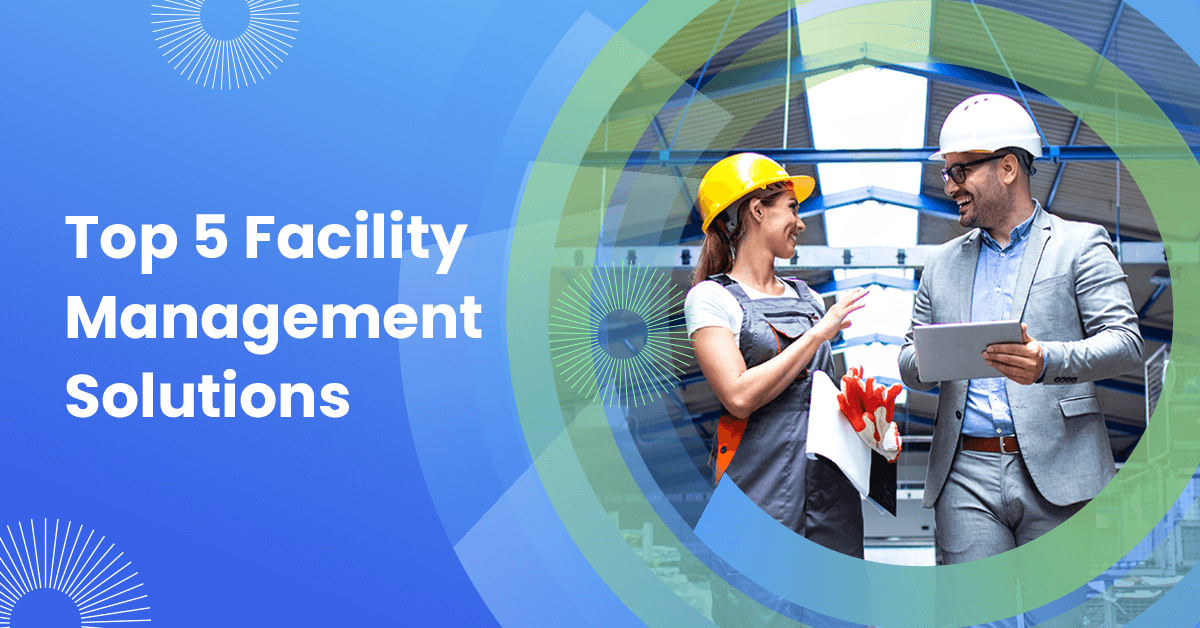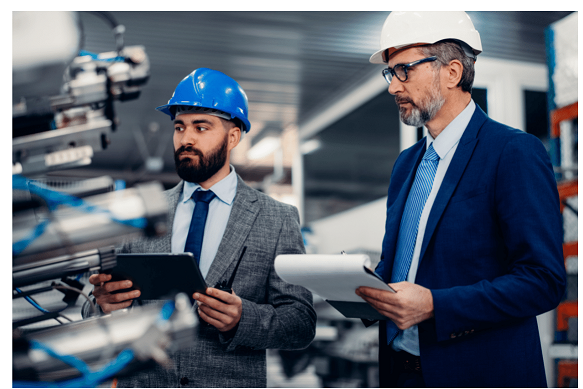Take Full Advantage Of Effectiveness and Safety: Best Practices in Center Monitoring
In today's quickly developing landscape, taking full advantage of efficiency and safety in center administration has become a critical emphasis for companies striving to enhance functional performance. By integrating clever innovation, prioritizing upkeep procedures, and fostering a society of security, facility supervisors can substantially improve both performance and conformity. The difficulty exists in successfully implementing these techniques while navigating the intricacies of contemporary offices. What certain strategies can be used to ensure that these campaigns not only exist side-by-side but additionally reinforce each other in a sustainable way?
Embrace Smart Technology

Executing wise sensors and automation systems permits exact monitoring of ecological problems, occupancy levels, and equipment performance. This data-driven approach not only informs decision-making but also supports predictive maintenance, minimizing downtime and extending asset life. Clever modern technology boosts individual experience by producing adaptive environments that respond to the demands of owners.
Incorporating wise platforms also promotes sustainability campaigns, such as energy-efficient lights and a/c systems, adding to decreased carbon footprints. By welcoming these technologies, center managers can ensure that their procedures continue to be competitive, resilient, and straightened with modern sustainability goals. Ultimately, the change in the direction of smart technology stands for a transformative step in redefining facility monitoring for a much more lasting and efficient future.
Prioritize Normal Maintenance
Regular upkeep is important for guaranteeing the long life and effectiveness of facility procedures. A well-structured maintenance program not just prolongs the life of equipment and framework however additionally minimizes the possibility of unanticipated failures that can interfere with procedures. By prioritizing routine maintenance, facility managers can recognize prospective issues early, permitting timely treatments that minimize expensive repairs and downtime.
Establishing a regular upkeep timetable is essential. This should include normal evaluations, maintenance, and needed repairs for all devices, HVAC systems, pipes, and electric systems. Utilizing a digital maintenance administration system (CMMS) can simplify this process, supplying tracking and notifies for upcoming upkeep tasks.
Furthermore, cultivating a culture of responsibility amongst staff enhances the efficiency of upkeep efforts. Training employees to recognize and report upkeep concerns can lead to positive administration instead of reactive reactions. Furthermore, recording upkeep activities guarantees compliance with safety and security laws and provides important understandings for future preparation.
Implement Safety And Security Training Programs
A comprehensive safety training program is necessary for cultivating a safe and secure workplace in any facility. Facility Management. Such programs furnish workers with the expertise and abilities essential to recognize hazards, implement safety protocols, and respond effectively in emergencies. By prioritizing safety training, organizations can considerably decrease the risk of injuries and accidents, thus enhancing total efficiency
To execute a reliable safety and security training program, it is critical to customize the web content to the certain requirements of the facility and its operations. This includes conducting a thorough risk analysis to recognize prospective risks distinct to the workplace. Training needs to incorporate a range of topics such as proper tools use, emergency evacuation treatments, and initial aid techniques.
Moreover, it is essential to involve employees proactively throughout training sessions. Utilizing hands-on demonstrations and real-life circumstances can boost understanding and retention of security practices. Normal refresher course courses need to likewise be scheduled to maintain security awareness at the center.
Optimize Space Application
Efficient space use is a vital component of center management that straight impacts functional efficiency and cost-effectiveness. Organizations usually have a hard time with underutilized or overcrowded areas, leading to ineffectiveness and boosted costs. To maximize space usage, center managers need to carry out normal assessments to recognize how areas are presently being utilized and where renovations can be made.
Executing adaptable workspace styles, such as open workplace layouts or modular furnishings, can significantly improve flexibility to changing requirements. In addition, leveraging technology, such as area monitoring software, can supply beneficial insights into tenancy patterns and aid identify underused areas.

Establish Clear Interaction Networks
Maximizing room utilization frequently reveals the requirement for robust communication techniques within a facility. Clear communication channels are important for assisting in efficient partnership among personnel, maintenance teams, and management. By establishing these channels, center supervisors can make certain that details moves flawlessly pertaining to room use, operational modifications, and safety protocols.
Implementing a multi-faceted communication strategy-- incorporating electronic platforms, such as emails and group cooperation devices, with face-to-face interactions-- can significantly boost involvement and info dissemination. Regular conferences must be arranged to talk about ongoing tasks, address worries, and share updates. Furthermore, creating a central info hub, such as an intranet, permits workers to gain access to important records and statements easily.
In addition, comments mechanisms get more info are essential to determine the efficiency of communication approaches. Motivating staff to share their understandings can result in here improvements and promote a culture of visibility. Training programs concentrated on communication abilities can additionally empower staff members to convey details clearly and properly.
Eventually, developing clear communication networks not only maximizes effectiveness but also enhances safety and security by guaranteeing that everybody is notified and aligned with the facility's operational objectives.
Final Thought
To conclude, the assimilation of smart modern technology, routine upkeep, extensive safety and security training, optimized room utilization, and efficient communication channels jointly enhances effectiveness and safety in facility monitoring. By leveraging IoT and AI for real-time monitoring, organizations can lower operational expenses while making certain compliance with safety and security regulations. A positive strategy to maintenance and training promotes click here a more secure office environment, eventually bring about improved efficiency and business success. These ideal practices serve as necessary parts for effective facility administration.
In today's rapidly evolving landscape, taking full advantage of effectiveness and security in center administration has actually ended up being an important emphasis for companies aiming to improve operational performance. By integrating smart technology, focusing on upkeep methods, and promoting a society of safety and security, center managers can considerably enhance both productivity and compliance.To implement a reliable safety and security training program, it is vital to customize the material to the particular needs of the center and its procedures. By establishing these channels, center supervisors can make sure that info flows seamlessly pertaining to area usage, operational adjustments, and security protocols.
In conclusion, the assimilation of wise technology, normal upkeep, extensive safety and security training, enhanced space application, and efficient communication networks collectively enhances effectiveness and safety in center administration. - Facility Management